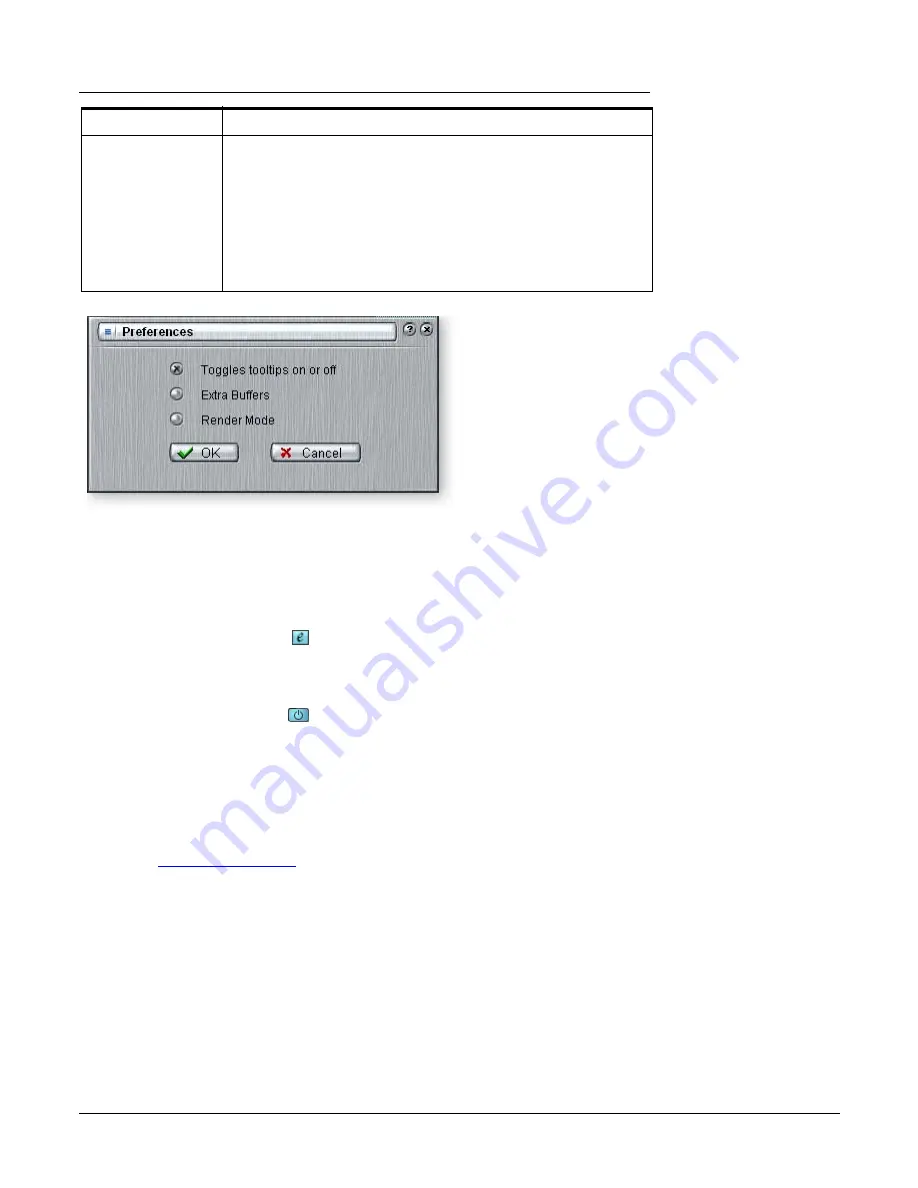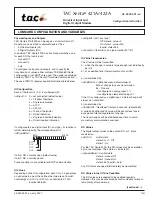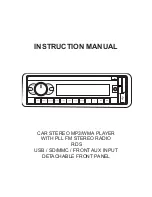
5 - Effects
E-MU PowerFX
E-MU PCIe Digital Audio Systems
103
To Setup & Use E-MU PowerFX:
Using any driver
other than “E-MU ASIO”
may produce undesirable
results when using E-MU
PowerFX.
Setup Cubase or Cubasis
1.
Launch Cubase or Cubasis.
2.
Instantiate
E-MU PowerFX
in an Insert or Aux Send location within Cubase.
3.
Press the Insert Edit button
in Cubase to bring up the E-MU PowerFX plug-in
window shown on the previous page.
Setup E-MU PowerFX
4.
Make sure the blue button
is illuminated, indicating that E-MU Power FX is
on. The blue “Signal Present” indicators will be illuminated if E-MU PowerFX is
properly patched into a signal path.
5.
Drag the desired effects from the Effects Palette to the center Insert strip.
6.
Click on the Effect you wish to edit in the center Insert Strip
(it will highlight in
yellow)
, then adjust the effects parameters in the right section of the window.
7.
You can also select or edit User Presets from the section below the FX parameters.
See the
“User Preset Section”
for more information.
Add Delay Compensation (if needed)
If you are using Cubase VST 5.1, you will have to insert an E-Delay Compensator into
any other audio tracks to keep them time-aligned.
8.
Simply insert an E-Delay Compensator plug-in into the same insert location you
used for E-MU PowerFX on any other audio tracks. That’s it.
Preferences
The Preferences menu allows you to:
• Toggle the Tooltips On or Off
• Extra Buffers - Check this box if excessive stuttering occurs when
using E-MU PowerFX in your VST Host application. This box
should be checked when using Fruity Loops.
• Render Mode - Induces realtime rendering in applications
which do not support realtime rendering (WaveLab, Sound-
Forge).
Parameter
Description
Содержание E-MU 1212M PCIE
Страница 1: ...E MU PCIe Digital Audio Systems 1 Owner s Manual Owner s Manual ...
Страница 8: ...8 Creative Professional ...
















































